6 Nights / 7 Days

Srinagar Apt Arrival.On arrival,transfer to the Hotel
Early morning proceed to Hokersar for Duck Hunting. HOKARSAR: Hokarsar wetland is situate at an altitude of 1500m a.s.l. with geographical coordinates 340 05' N, 740 -43' E, about 10 km west of Srinagar city. It is permanent eutrophic wetland, once an oxbow, surrounded by freshwater marshes on the flood plain of the River Jhelum in the valley of Kashmir. The wetland is drained by a channel to the Jhelum river at Sozeth Narbal village. It is fed by permanent streams, the Doodganga, Sukhnag and flood waters. The wetland reaches a maximum depth of 1.1 m in spring with snow melt water and a minimum 0.4 m in autumn. The water is very turbid with little light penetration. The underlying soils are of silty-clayey loam type. The pH is greatly effected by the high summer temperatures which accelerate the process of decay of organic matter. The wetland of Hokarsar is protected as a game sanctuary by the Department of Wild life Protection J&K State and the waterfowl hunting is allowed on a controlled basis in winter. Although number of management programmes including the construction of bunds and installation of a sluice gate to control water levels was some time back in progress, yet the wetland continues to be under the biotic stress. The encroachments have reduced the wetland area from original 1300 ha to 900 ha and as a result of cultural eutrophication the wetland is deteriorating at an alarming rate. Recent studies indicate higher values of conductivity, nitrogen and phosphorus. The range of Total phosphorus of the water is recorded 1382 µg/l to 1821 µg/l, the lowest being in spring (142.5µg/l) and the highest in autumn (2969µg/l). The heavy siltation load from the Doodganga catchment has rendered most parts of the wetlands into marshes. Major threats: The major threats this wetland is facing is the increased siltation particularly through Doodganga. Encroachments, reclamation of marshy lands into agricultural land, cultural eutrophication, sewage disposal by the settlement and runoff from the agricultural lands ANCHAR LAKE: Anchar Lake is situated at a distance of 14km to the northwest of Srinagar at an altitude of 1584m within the geographical co-ordinates of Lat. 340-20'N ; Long. 740 - 82' E. It is a single basined lake connected on the eastern side within Dal Lake through an inflow channel ‘Nallah Amir Khan’ via Gilasr and Khushalsar. The lake, though close to Srinagar city, constitute both rural and urban characteristics in a typical rural environment. A network of channels from the cold water nallah Sindh enters the lake on its western shore forming delta. The lake is also fed by springs within the basin and along the periphery. Further, a number of channels from agricultural fields, effluents from the settlements and surface drains from the catchment area flow directly into it. The lake outfalls in River Jhelum at Sangam on its northeast direction. The catchment is approximately 66 km2 comprising of long stretches of elevated land on the northwest, which is used for raising different types of vegetation. Agricultural fields surrounds and partly under apple and willow plantation. In recent years significant encroachments have been noticed within the lake. According to Larwance the area of the lake in 1893-1894 was 19.54 Km2. It has now been reduced hardly to 6.8km2 of which 3.6 Km2 are marsh. Unabated encroachments still continue at alarming rate. The rate of encroachment in the Anchar Lake till 2000 has been estimated 0.184 km2/year
HAIGAM RAKH: The famous wetland of Haigam is situated in district Varmul, 30km north-west of Srinagar and the surface area of the wetland measures about 1400 ha. This wetland too is situated on the flood plains of river Jhelum with a maximum depth of 1-25 m. The major part of the wetland is dominated by extensive reed-beds to allow the passage of boats between areas of open water. The wetland is fed by the perennial streams of the Balkhul and Nigli flood channels and numerous smaller streams. The water table falls in late summer and reaches its lowest in autumn, then begins to rise again in early winter. The surrounding land is predominantly rice paddy and natural marsh, with some pastures which flood after heavy rains. Strips of willow species have been planted around the perimeter of the wetland. Most of the wetland area is covered by a dense reed-bed. Dominant species include Typha, Phragmites etc.Open water body have floating water lilies, Trapa and other submerged aquatic plants. The entire wetland is protected as a game sanctuary and the wetland is important to local people as a source of fish, reeds for thatching, mat-making and fodder for live stock. The wetland is of major wintering area for migratory ducks particularly Anas species which have been recorded in thousands on migration. Anser anser formerly wintered in larger numbers, but few have been recorded in last few years. The wetland is also an extremely important breeding area for a variety of waterfowl species. MAJOR PROBLEMS: The major problems the wetland is facing include the accelerated rate of siltation, entry of sewage and effluents from the surrounding agricultural land resulting in faster eutrophication. The encroachments and conversion of open water bodies into land and intensive reed-cuttings have threatened this wetland.
MIRGUND WETLAND: The wetland of Mirgund lies 15 km W-NW of Srinagar and measures about 300 ha. The wetland is shallow associated with reed-beds and riverine marshes, on the flood plains of the river Jhelum. The wetland receives waters by local runoff and the Sukhnag and Ferozpore nallas. The water level fluctuations considerably according to local rainfall and much of the wetland dry out during summers. The average water depth varies between 0.1m and 0.5 m. The wetland is protected as a game reserve by the Department of Wildlife Protection J and K State. The wetland is an important staging and wintering area for thousands of migratory waterfowl species.The largest number occur during the migration seasons and up to 50 common cranes (Grus grus) regularly utilize the wetland during migration. Like other wetlands of the valley this wetland is facing the threat of siltation, encroachment by agricultural land and that of the sewage.
SHALBUG WETLAND: This wetland is 16 km northwest of Srinagar and measures about 150 ha. The wetland consists of larger area of riverine marshes and shallow freshwater with associated reed-beds on the floodplain of river Jhelum. The wetland together with marshes are fed by the Sindh river and local runoff. The average depth of the water varies from 0.3 to 2.0 meters. The entire wetland is thronged by the game birds particularly during winter months and the wetland supports a locally important fishery and reed-harvesting industry, which provides excellent opportunities for support hunting. The wetland is important staging and wintering area for migratory Amatidae and a breeding place for a variety of waterfowl species.
Local sightseeing of Srinagar (Nishat,Shalimar, Chesmashahi )
Srinagar International Airport Drop
We are Known for Providing Best Travel Services in Different States of the Country. We Offers Airline Ticketing, Hotel Booking, Car & Coach Rental, Travel Insurance, Rail Ticketing, Passport & Visa, Tour Operators Services Etc. Read More...
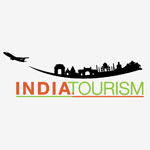
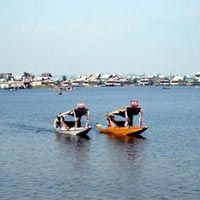 5D/4N
5D/4N
 6D/5N
6D/5N
 7D/6N
7D/6N
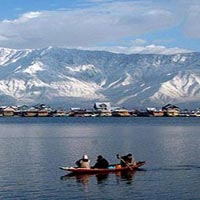 5D/4N
5D/4N
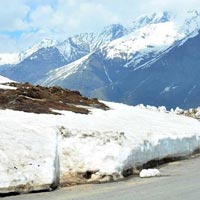 5D/4N
5D/4N
 5D/4N
5D/4N
 12D/11N
12D/11N
 10D/9N
10D/9N
New Delhi - Dharamshala - Manali - Kullu - Shimla - Chandigarh City
 8D/7N
8D/7N
New Delhi - Dharamshala - Manali - Kullu - Shimla - Chandigarh City
 7D/6N
7D/6N
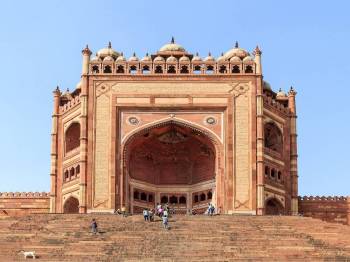 7D/6N
7D/6N
Amritsar Chandigarh Delhi Agra Family Pa..
New Delhi - Agra - Vrindavan - Mathura - Amritsar
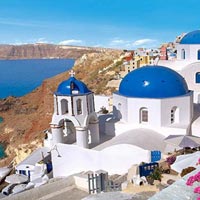 7D/6N
7D/6N
 7D/6N
7D/6N
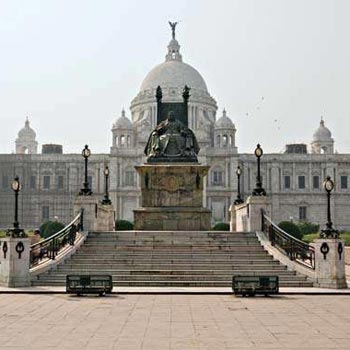 7D/6N
7D/6N
Golden Triangle - East India Tour
Kolkata - Puri - Imphal - Agartala - Dimapur
 7D/6N
7D/6N
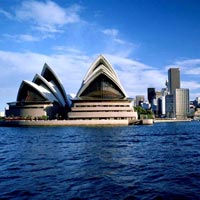 7D/6N
7D/6N
 7D/6N
7D/6N
 7D/6N
7D/6N
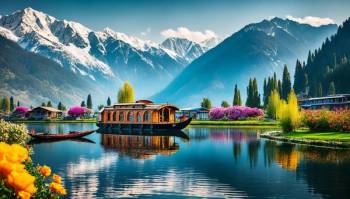 12D/11N
12D/11N
Kashmir Explorer 11 Nights - 12 Days Tour
Srinagar - Pahalgam - Sonamarg - Gulmarg - Budgam - Bandipora
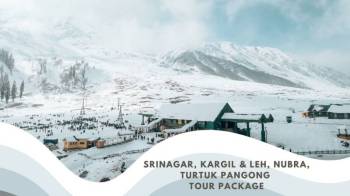 9D/8N
9D/8N
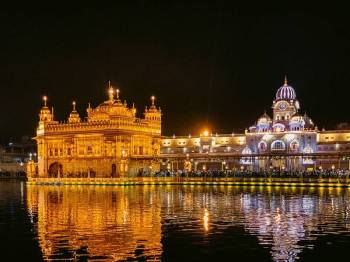 10D/9N
10D/9N
9 Night 10 Days Jammu And Kashmir With V..
Jammu - Katra - Patnitop - Srinagar - Amritsar - Pahalgam - Sonamarg - Gulmarg
 10D/9N
10D/9N
Jammu And Kashmir Tour Package 9 Night -..
Katra - Patnitop - Srinagar - Kashmir - Pahalgam - Sonamarg - Gulmarg
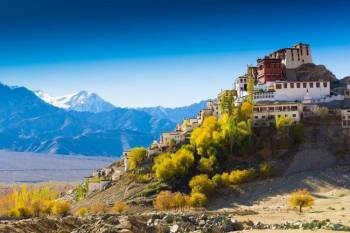 10D/9N
10D/9N
Jammu And Kashmir With Leh Ladakh Tour P..
Srinagar - Pahalgam - Leh Ladakh - Kargil - Gulmarg
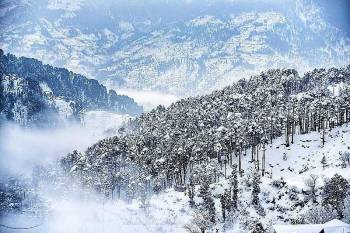 10D/9N
10D/9N
Jammu And Kashmir Tour Package 9 Night -..
Jammu - Katra - Patnitop - Srinagar - Pahalgam - Sonamarg - Gulmarg
 10D/9N
10D/9N
9 Night - 10 Days Jammu And Kashmir Tour..
Jammu - Katra - Patnitop - Srinagar - Amritsar - Sonamarg - Gulmarg
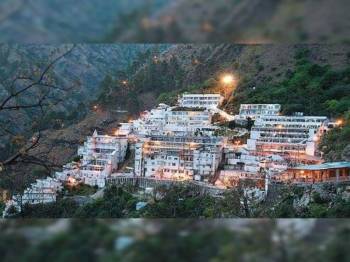 10D/9N
10D/9N
9 Night - 10 Days Jammu And Kashmir With..
Jammu - Katra - Patnitop - Srinagar - Pahalgam - Sonamarg - Gulmarg
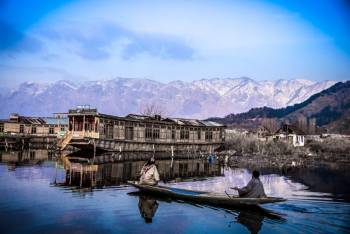 7D/6N
7D/6N